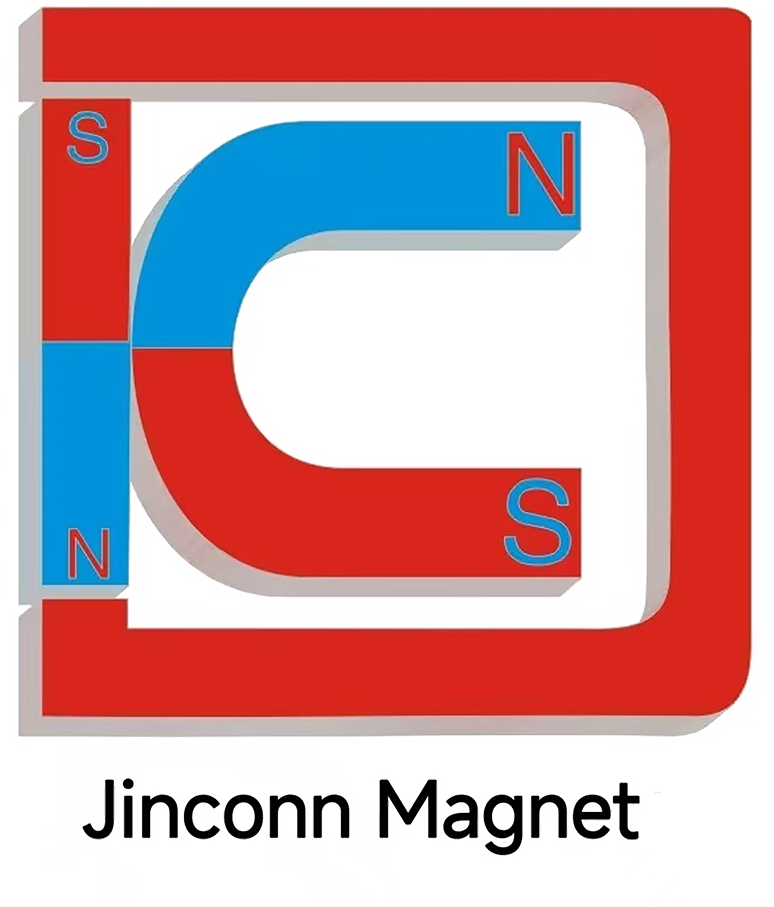Designing Custom Magnet Solutions for Robotic Joint Motors
Designing Custom Magnet Solutions for Robotic Joint Motors
Robotic joint motors require precision, power, and adaptability. As robotics advance into complex, application-specific territories, engineers are increasingly turning to custom magnetic solutions to meet unique performance demands. This article examines how customization of neodymium magnets enhances robotic joint motor functionality.
Why Customization Matters
Off-the-shelf magnets may not always align with the precise torque, space, or control requirements of robotic systems. Customization allows engineers to fine-tune magnetic field strength, polarity, size, and shape for optimized motor performance.
Neodymium magnets, with their powerful magnetic properties and design versatility, are ideal candidates for custom solutions. When integrated into robotic joints, they ensure precise motion control while minimizing power loss and heat generation.
Tailoring for Harsh Environments
In many industrial and outdoor applications, robots must operate under extreme conditions. Customized magnets can be formulated to withstand high temperatures without degradation. This ensures joint motors maintain their torque output even in challenging thermal environments.
Additionally, applying corrosion-resistant coatings protects the magnets from humidity, chemicals, and oxidation. This allows robots to perform reliably in offshore drilling, food processing, and pharmaceutical settings.
Enhancing Control with Magnetic Feedback
Custom magnets also enable improved integration with encoder and feedback systems. Designing magnets with specific flux patterns or multi-pole configurations allows for enhanced signal clarity in compact motor spaces. This is crucial in joint motors, where space is limited but precise position tracking is essential.
Moreover, the use of magnets with high coercivity ensures they maintain magnetic integrity, even when placed near strong electromagnetic fields or subjected to mechanical vibrations.
Supporting Robotic Innovation
The ability to provide tailored magnetic solutions accelerates innovation in robotic joint design. From collaborative robots to exoskeletons and autonomous drones, each application has unique performance needs that standard magnets may not fulfill.
Partnering with magnet manufacturers to create custom geometries or alignments allows for better balance between power consumption, torque density, and motion accuracy—key elements in modern robotics.




Jinconn WeChat









